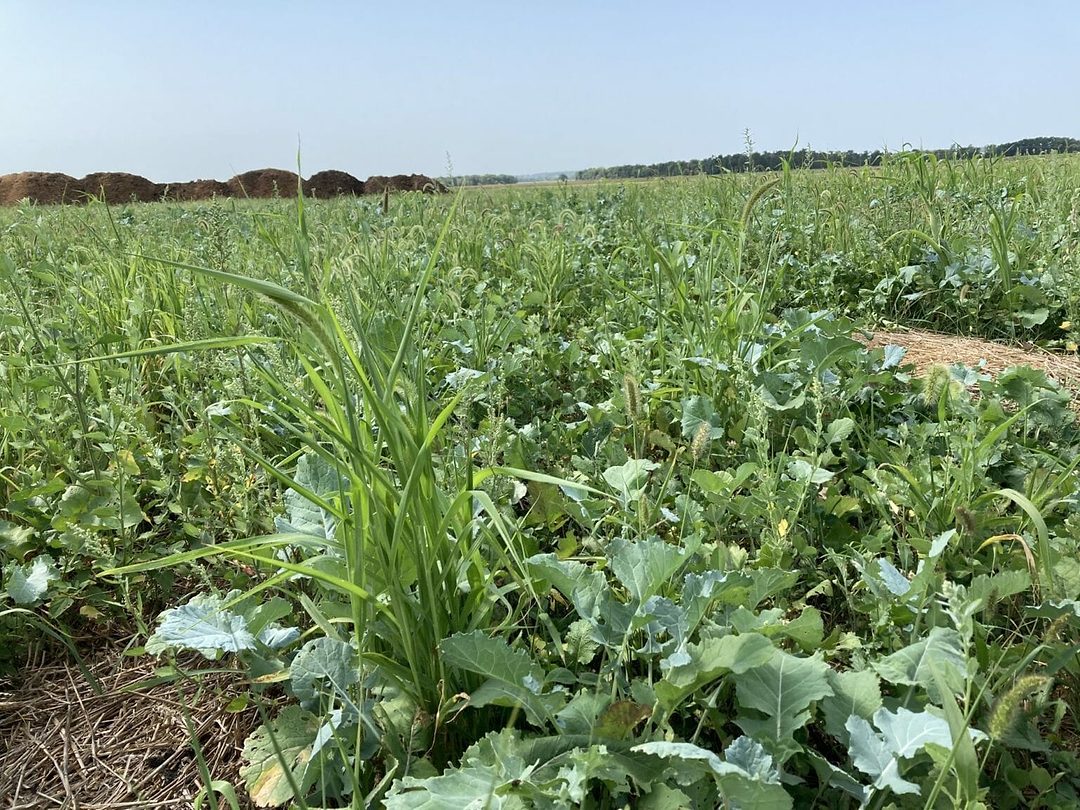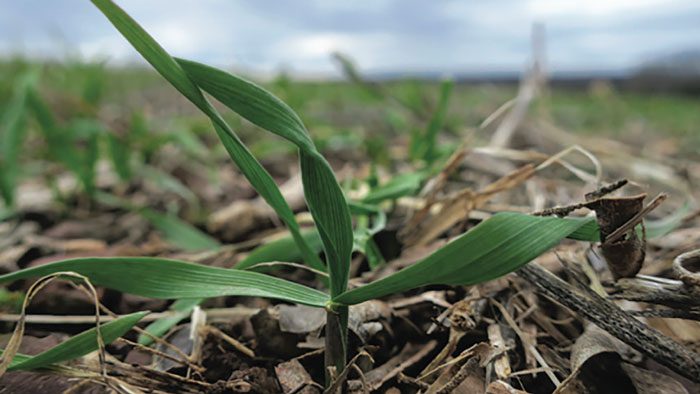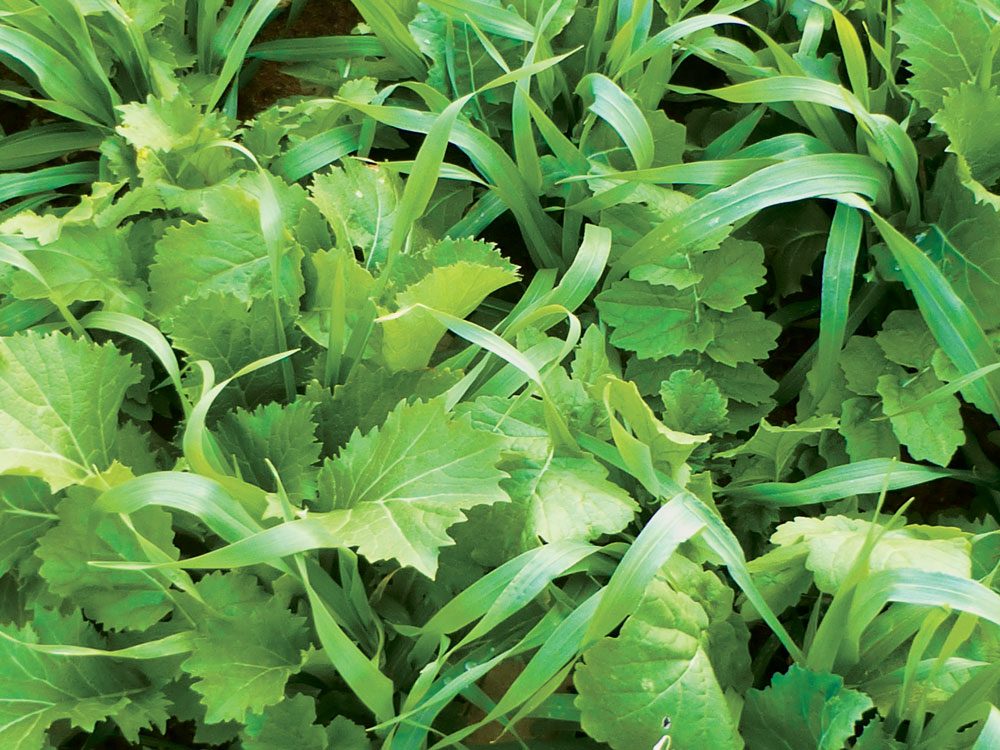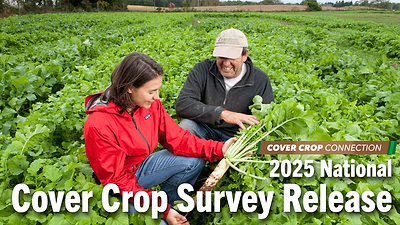
Photo by: Practical Farmers of Iowa
Two experts share their tips for what to try & what to avoid when getting started with cover crops.
TJ Kartes and Andy Linder both have first-hand experience with the highs and lows of cover cropping.
Kartes is an industry professional from southern Minnesota who works with multiple farmers across multiple states. He is also salesperson for the forage and cover crop seed company Saddle Butte Ag. Andy Linder runs a cropping and cattle operation near Faribault County, Minn., where he also sells seed for Saddle Butte and does custom application.
Continue reading "Cover Cropping 101: 11 Dos and Don'ts"!
By Mackane Vogel
With spring just around the corner, check out 5 tips and strategies for spring cover crop management from experienced cover croppers.
Continue reading "5 Tips & Strategies for Managing Cover Crops in Spring"!
By Laura Barrera
Pennsylvania no-tillers Lucas Criswell and Jim Hershey extend and advance the benefits of cover crops by planting directly into them.
If no-till isn’t enough to stop erosion, what is? Lucas Criswell believes the answer is big cover crops.
Continue reading "The Next Step in No-Till: Planting into Living Covers"!

Cereal rye is typically one of the cheapest and most readily available cover crops. Compared to other cover crop species, it can be planted the latest in the fall. Photo by: Bridgett Hilshey
By Bridgett Hilshey and Christian Bench
Cover crop seeding timing, termination methods & other key topics to consider
Although there are many benefits to selecting a cover crop species mix that is made for specific soil types and needs, in practice, cover crop species selection is driven by more practical considerations, including cost, availability, seeding date, seeding method and termination method.
Continue reading "5 Considerations for Getting Started with Cover Crops"!
By Bridgett Hilshey and Christian Bench
Cover crops need to be terminated (killed) before or shortly after the cash crops are planted. If termination is incomplete, the cover crops act as weeds, robbing the cash crops of moisture, sunlight and important nutrients.
There are a wide variety of cover crop termination methods suited for a wide range of operations, experience levels and goals. The following information outlines the most common termination practices, associated advantages and disadvantages and tips to increase success.
Continue reading "A Guide to Terminating Cover Crops"!






